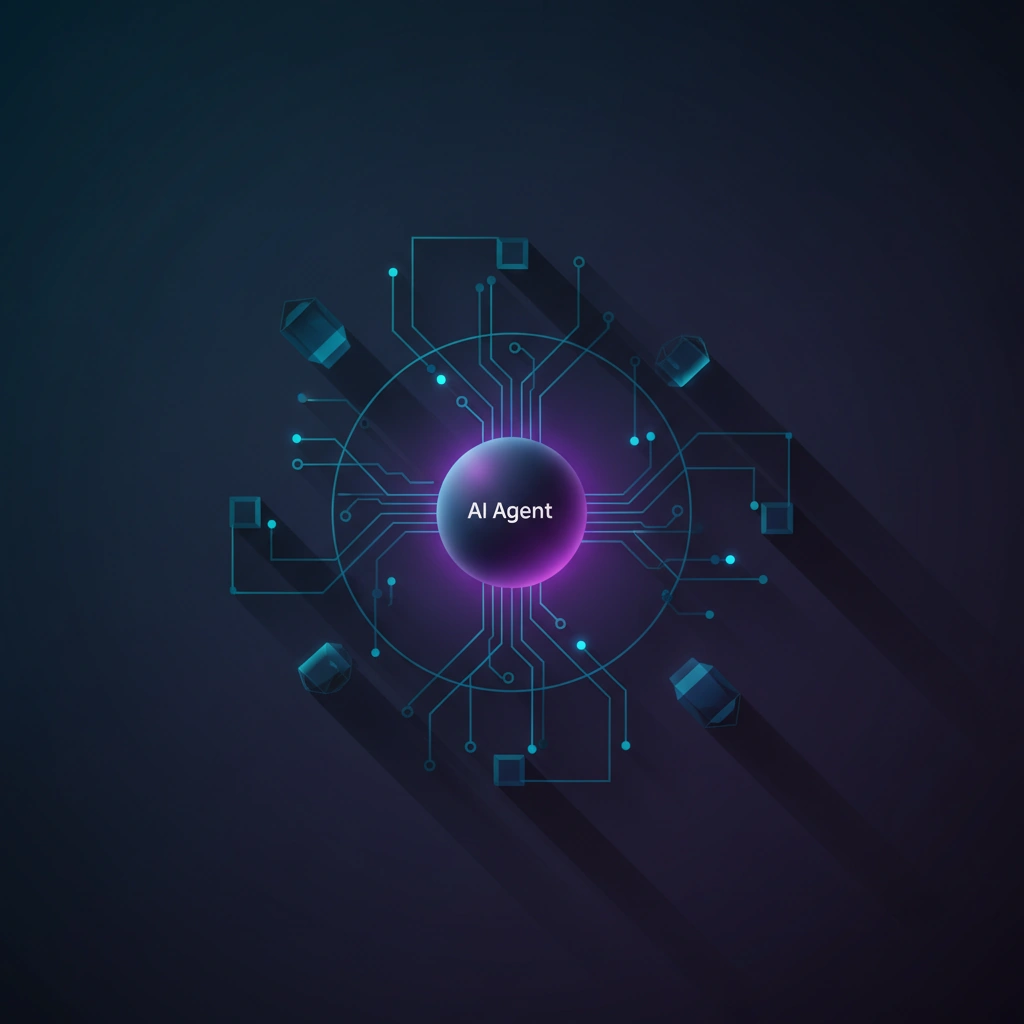$47K AI Agent Reality Check: MCP Production Lessons
A deep dive into running AI agents at scale reveals critical insights about Agent-to-Agent communication and Model Context Protocol that every developer needs to know.

The gap between AI agent demos and production reality just got quantified: $47,000. That's what one team spent discovering the hidden complexities of running AI agents at scale, particularly around Agent-to-Agent (A2A) communication and the Model Context Protocol (MCP).
While the AI industry races toward autonomous systems, this real-world case study exposes the infrastructure challenges that could determine whether AI agents become reliable content creators or remain expensive experiments. For those building synthetic media systems, these lessons are particularly crucial.
The MCP Reality Check
Model Context Protocol, Anthropic's framework for standardizing how AI systems interact with tools and data sources, promises to be the backbone of agent communication. But production deployment reveals a different story. The team discovered that MCP's theoretical elegance breaks down under real-world constraints like latency, error handling, and state management.
What makes this significant for synthetic media? MCP is positioned as the protocol that would allow AI agents to seamlessly access rendering tools, authentication systems, and content libraries. If agents can't reliably communicate through MCP at scale, the dream of autonomous content creation pipelines becomes significantly more complex.
Agent-to-Agent Communication Breaks
The most striking revelation involves A2A communication patterns. When multiple AI agents collaborate—imagine one generating video scripts, another creating visuals, and a third handling audio synthesis—the coordination overhead explodes exponentially. The team found that what works for two agents fails catastrophically at ten, with costs spiraling due to repeated context windows and failed handoffs.
This has profound implications for deepfake detection systems that rely on multiple specialized models working in concert. If agents can't efficiently share analysis results, real-time detection becomes economically unfeasible.
The Hidden Infrastructure Tax
Beyond the headline $47,000 figure lies a more concerning pattern: the infrastructure tax of AI agents is non-linear. Memory management, session persistence, and error recovery consume resources at rates that dwarf the actual inference costs. For video generation workflows that already push computational limits, adding agent orchestration multiplies complexity.
The production logs revealed that agents spent 60% of their time on coordination rather than actual work—a ratio that would make real-time video synthesis economically impossible at current prices.
Implications for Synthetic Media
These findings reshape expectations for AI-powered content creation platforms. The vision of fully autonomous studios where agents handle everything from concept to final render needs recalibration. Instead, hybrid approaches where agents handle specific, well-bounded tasks within human-supervised workflows appear more viable.
For authentication systems, the challenges suggest that distributed verification networks using multiple AI agents may face similar scaling issues. The C2PA standard's vision of AI-assisted provenance tracking needs to account for these agent communication limitations.
The Path Forward
Despite the sobering cost analysis, the team's experience points toward solutions. Careful agent architecture, with clear boundaries and minimal inter-agent dependencies, can reduce the coordination tax. Purpose-built protocols optimized for specific workflows, rather than generic frameworks like MCP, show promise for production deployments.
For the synthetic media industry, this means rethinking how AI agents fit into content pipelines. Rather than autonomous systems, agents become specialized tools that excel at specific tasks—script analysis, style transfer, quality assessment—while humans handle orchestration.
The $47,000 lesson is ultimately about expectations. AI agents aren't magic; they're tools with specific constraints and costs. Understanding these limitations is crucial for building sustainable synthetic media systems that can scale beyond proof-of-concept demos into production reality.
Stay informed on AI video and digital authenticity. Follow Skrew AI News.



